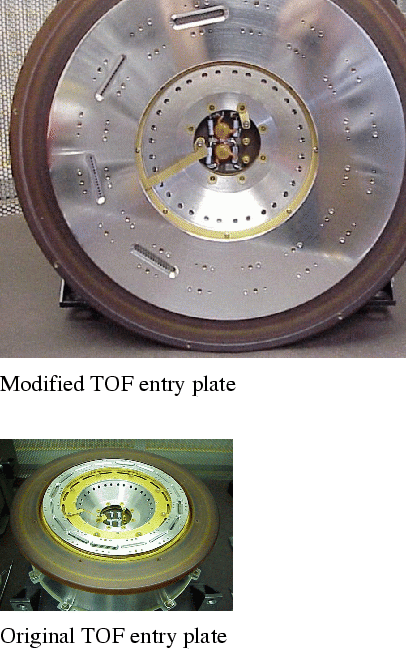Next: 6.2.7 Moving Parts and Up: 6.2 Experimental Previous: 6.2.5 Extraction Lens Contents
For the Time-Of-Flight section of the NICE setup a modified CODIF (COmposition and DIstribution Function analyzer) as used in the Cluster Ion Spectrometry (CIS) experiment on Cluster II was used (abstract taken from [36]):
The CIS experiment on board the four Cluster spacecraft consists of a comprehensive ionic plasma spectrometry package capable of obtaining full 3D ion distributions with high time resolution (in one spacecraft spin) and mass-per-charge resolution. The broad scientific objectives and the wide dynamic range cannot be covered with a single instrument Consequently, the CIS experiment comprises two different instruments, a Hot Ion Analyzer (HIA) and a time-of-flight ion Composition and Distribution Function analyzer (CODIF). These sensors are controlled by a dual processor based Data Processing System (DPS), which permits extensive on-board processing. Both instruments use symmetrical top-hat analyzers which provide a contiguous, uniform, and well-characterized phase space coverage. The CODIF determines the distribution of the major ion species with energies from spacecraft potential to 40keV/e with an angular resolution of 22.5The entrance-system of the CODIF was removed for the NICE setup. A special conductive entry plate in front of the time-of-flight section minimized surface charging of the entry section of the TOF. This was necessary because measurements made in autumn 2000 showed that the originally insulating front section of the TOF would charged up and deflected the particles away from the entry slits.x 10.25
and with two different sensitivities. The HIA does not provide mass measurements, but extends the dynamic range to the highest ion fluxes, and has the necessary angular resolution capability (5.6
x 5.6
) for ion beam and solar-wind measurements.

|
March 2001 - Martin Wieser, Physikalisches Institut, University of Berne, Switzerland